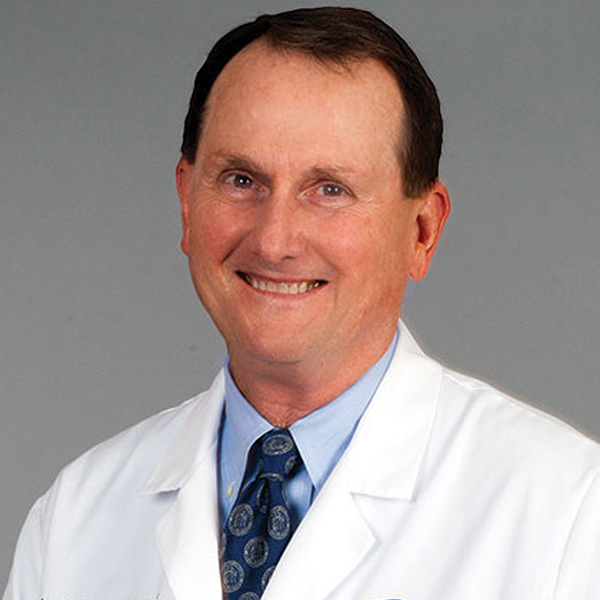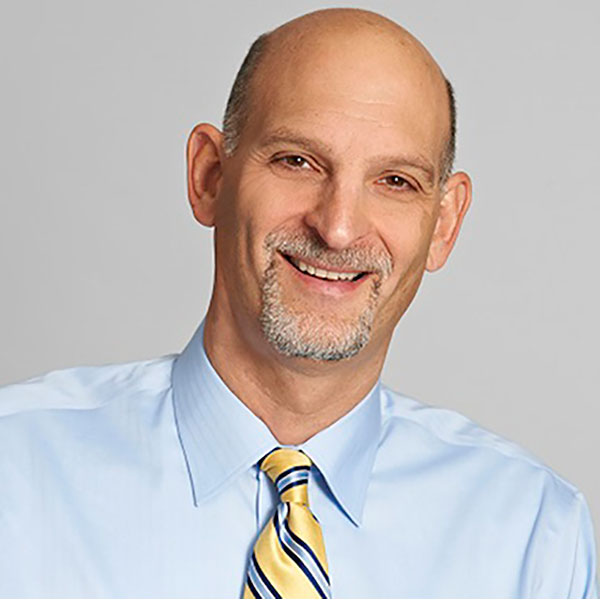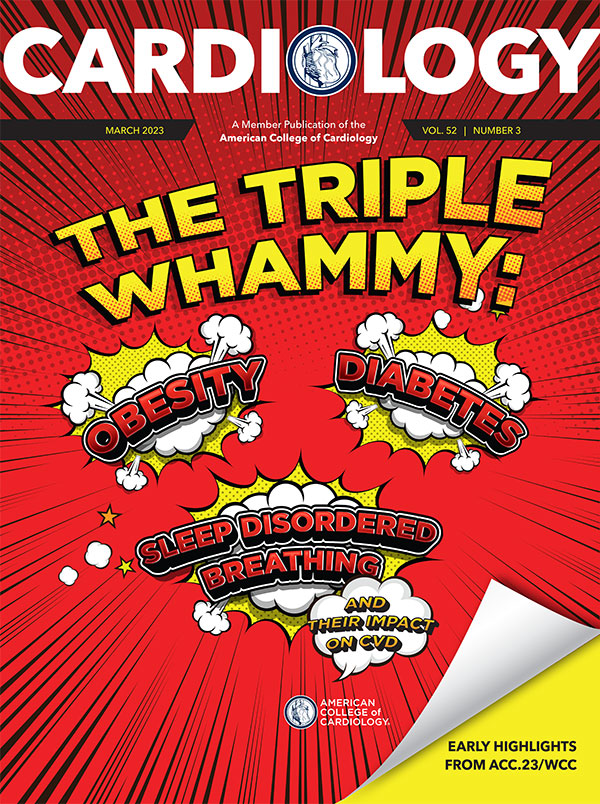Business of Medicine | Medical Malpractice Case Study: A Lesson in ‘Three P’ Analysis

A 55-year-old male with a history of atrial fibrillation (AFib) and prior Maze procedure on anticoagulants subsequently underwent a percutaneous AFib ablation procedure with left atrial appendage occlusion (LAAO), using a Watchman device. The cardiologist suggested that the patient should undergo transesophageal echocardiography (TEE) at six months post-op.
Three months post-op, he was seen by the practice advanced practice provider (APP), and plans were made for a TEE in three months to confirm the LAA was completely excluded. At five months post-op, the patient presented in AFib to a hospital in another city. A TEE was performed to ensure the absence of an atrial thrombus prior to cardioversion, and he was successfully cardioverted to normal sinus rhythm.
Three months after this event, he returned to the cardiology practice where the APP recommended a TEE to ensure the LAA was completely excluded and to look at the overall left atrium to decide whether he could safely stop his anticoagulants.
One month later (nine months post-LAAO), the TEE was performed with risks discussed prior to the procedure. During the procedure some difficulty was noted in placing the probe. After TEE, the patient complained of worsening throat pain.
Initial imaging by an otolaryngologist suggested the possibility of three esophageal perforations. Surgery was performed with one perforation identified and repaired. The patient required an ICU stay on a ventilator.
He ultimately recovered but required physical therapy and speech therapy for voice issues and difficulty swallowing. The patient's wife did note that the cardiologist said he was sorry that the perforation occurred.
The plaintiff's expert testified that the second TEE was unnecessary, and that the cardiologist had used excessive manipulation and force during the procedure, resulting in perforation. Another medical consultant expert also pointed out that the first study had already shown that the LAA was occluded, and that no atrial thrombus was present.
The defense expert countered that the cardiologist was obligated to do the second TEE because the first was done too early, for a different purpose, while the patient was in AFib and did not provide the information needed about inflow and outflow of the LAA while the patient was in normal sinus rhythm.
He further opined that the patient's scarred atrium placed him at a higher risk of clotting and stroke and pointed out that esophageal perforation is a rare but known risk of TEE. The suit was ultimately dismissed.

"Three P" Analysis
The "Three P's" refer to the three key elements to reduce practitioner risk related to malpractice litigation.1
Prevent Adverse Events

TEE can be indicated for "evaluation to facilitate clinical decision-making with regard to anticoagulation, cardioversion, and/or radiofrequency ablation."1,2 Since a significant percentage of patients undergoing LA/LAA modification may have residual communication and/or thrombus,3 post procedure evaluation is often indicated, especially if discontinuation of anticoagulation is contemplated. However, the need for, and timing of, follow-up studies is not well established.
In the seminal PROTECT-AF study,4 follow-up studies at 45 days showed significant peridevice flow in 13% of patients, while in the more recently published EWOLUTION study and in another follow-up study during COVID a lower incidence of such flow (1% in the former at one year and 0.5% at 45 days in the latter) was shown.4,5
This prompted some authors to suggest that "…a 45-day post-WATCHMAN implantation [TEE] may not be necessary for all patients, and [oral anticoagulant] may be safely discontinued at 45 days without a TEE."5
TEE is generally felt to be a low-risk procedure with complications in ambulatory, nonoperative settings ranging from 0.2% to 0.5% and mortality <0.01%.6 While studies have suggested an increased risk with factors such as advanced age, perioperative anticoagulation and complexity of the procedure, a review of 35 cases of esophageal perforation showed that a majority occurred in cases with low risk and an uneventful exam.7,8 Thus, informed consent and vigilance for post procedural signs of problems are essential.
While such claims are not common, TEE complications are seen in medical malpractice cases involving cardiologists.9 Careful consideration of the indications for TEE (or any procedure) must be considered prior to proceeding, with clear documentation of indication. Informed consent (with documentation of discussion with patient/family) is essential.
Preclude a Malpractice Case Despite an Adverse Event

While the cardiologist expressed that he was sorry the perforation occurred, perhaps having a more in-depth discussion with the patient prior to the TEE might have prevented the family from making a claim. This discussion should also have been conducted by the cardiologist and not left to the APP. Experience shows that good communication between the physician and the patient (and family) is a key element to reducing the likelihood of a malpractice suit filing.
Prevail in Lawsuits When a Claim is Made

It appears documentation of risks, benefits and alternatives were sufficient, leading to the case being dismissed. Nonetheless, litigation costs were still incurred, and the physician was exposed to the emotional trauma of a lawsuit. The likelihood of favorable settlement (or prevailing in the event of trial) often hinges on good documentation.
References
- Feldman DL. Prevent, Communicate, Document: Medical Malpractice Data Help Us Manage Risk. The Doctor's Advocate. Available here.
- Douglas P, Garcia M, Haines D, et al. ACCF/ASE/AHA/ ASNC/HFSA/HRS/ SCAI/SCCM/ SCCT/SCMR 2011 appropriate use criteria for echocardiography. J Am Soc Echocardiogr 2011;24:229-67.
- Kilic S, Morales DC, Duvall L, Silverman D, Parker M. Transesophageal echocardiographic findings after left atrial and left atrial appendage modification. J Am Coll Cardiol 2015;65:(10_Supplement) A1309.
- Viles-Gonzalez JF, Kar S, Douglas P, et al. The clinical impact of incomplete left atrial appendage closure with the Watchman device in patients with atrial fibrillation: a PROTECT AF (percutaneous closure of the left atrial appendage versus warfarin therapy for prevention of stroke in patients with atrial fibrillation) substudy. J Am Coll Cardiol 2012;59:923-9.
- Boersma L, Ince H, Kische S, et al. Evaluating real-world clinical outcomes in atrial fibrillation patients receiving the WATCHMAN left atrial appendage closure technology. Circ Arrhythm Electrophysiol 2019;12:e006841.doi.
- Tan B, Depta J, Baibhav B, Bhatt D. Necessity of 45-day transesophageal echocardiography after the WATCHMAN procedure amid the COVID-19 pandemic. J Am Coll Cardiol Imaging 2020;13:2461-2.
- Hilberath JN, Oakes DA, Shernan SK, et al. Safety of transesophageal echocardiography. J Am Soc Echocardiogr 2010;23:1115-27.
- Sainathan S, Andaz S. A systematic review of transesophageal echocardiography-induced esophageal perforation. Echocardiography 2013;30:977-83.
- Data on file with the Doctor's Company.
The guidelines suggested here are not rules, do not constitute legal advice, and do not ensure a successful outcome. The ultimate decision regarding the appropriateness of any treatment must be made by each health care provider considering the circumstances of the individual situation and in accordance with the laws of the jurisdiction in which the care is rendered.


This article was authored by Richard A. Chazal, MD, MACC, medical director of the Heart and Vascular Institute at Lee Health in Fort Myers, FL, chair of the ACC Medical Professional Liability Insurance Workgroup and a past ACC president. David Feldman, MD, MBA, FACS, is a plastic surgeon and the chief medical officer for The Doctor's Company and TDC Group in Napa, CA.
The ACC has a longstanding relationship with the Doctor's Company to provide malpractice education, and also help ACC members save on malpractice coverage. Click here to learn more.
Clinical Topics: Anticoagulation Management, Arrhythmias and Clinical EP, Cardiovascular Care Team, Anticoagulation Management and Atrial Fibrillation, Implantable Devices, EP Basic Science, SCD/Ventricular Arrhythmias, Atrial Fibrillation/Supraventricular Arrhythmias
Keywords: ACC Publications, Cardiology Magazine, Atrial Fibrillation, Arrhythmias, Cardiac, Anticoagulants, Electric Countershock, Cardiologists, Pharynx, Otolaryngologists, Deglutition, Thrombosis, Cardiology, Ventilators, Mechanical, Intensive Care Units, Malpractice, Informed Consent, Radiofrequency Ablation, Follow-Up Studies, Filing, Incidence
< Back to Listings

